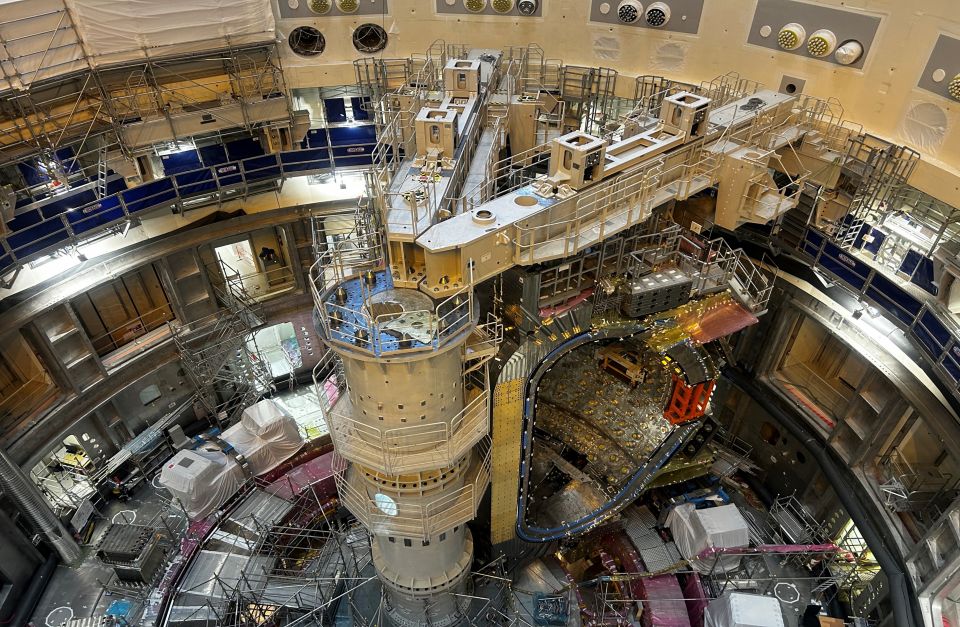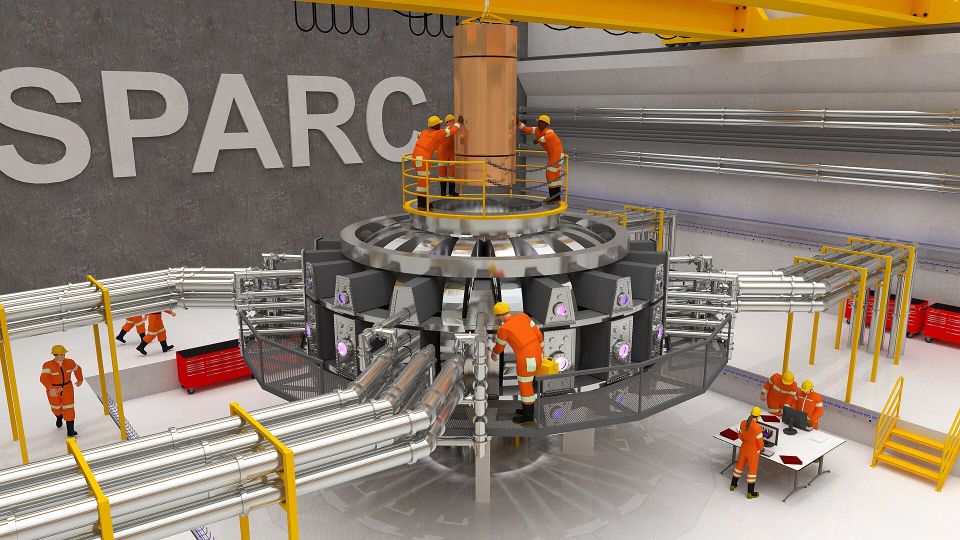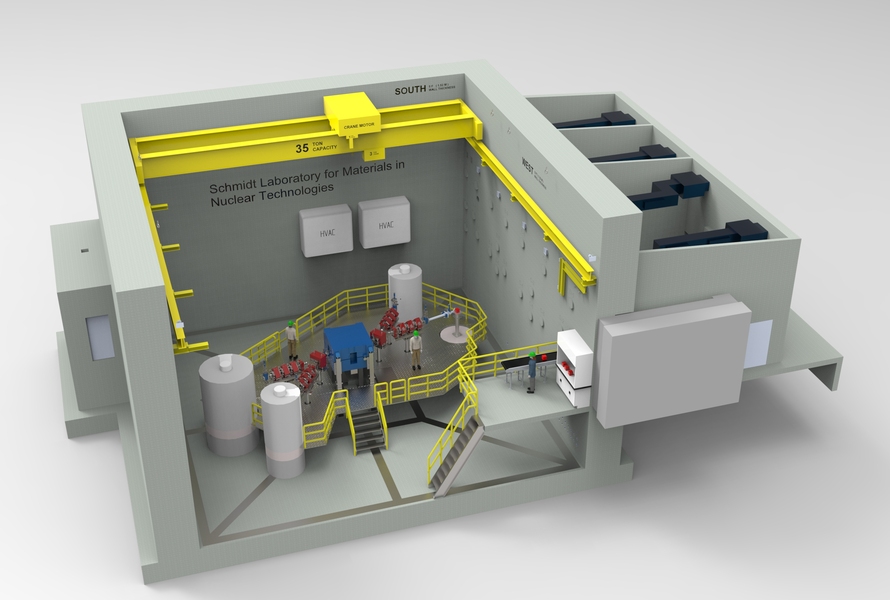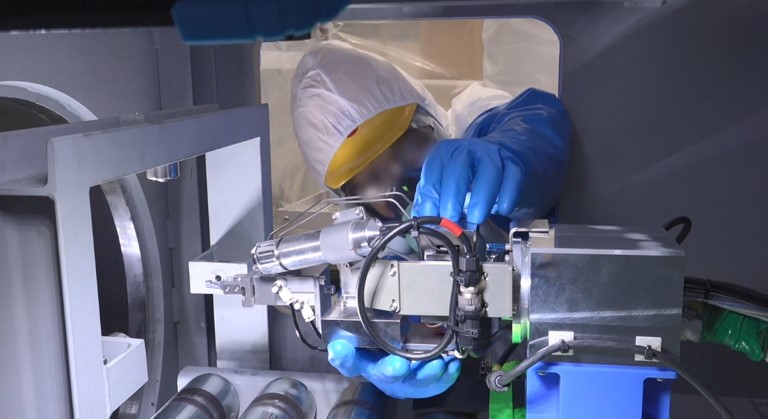JT-60SA is now the largest operating tokamak: What does that mean for ITER and JET?
Operators of JT-60SA—a joint international fusion experiment being built by Japan and Europe in Naka, Japan—achieved the first tokamak plasma in the machine in late October, making it the world’s largest operational tokamak.









.svg.png)